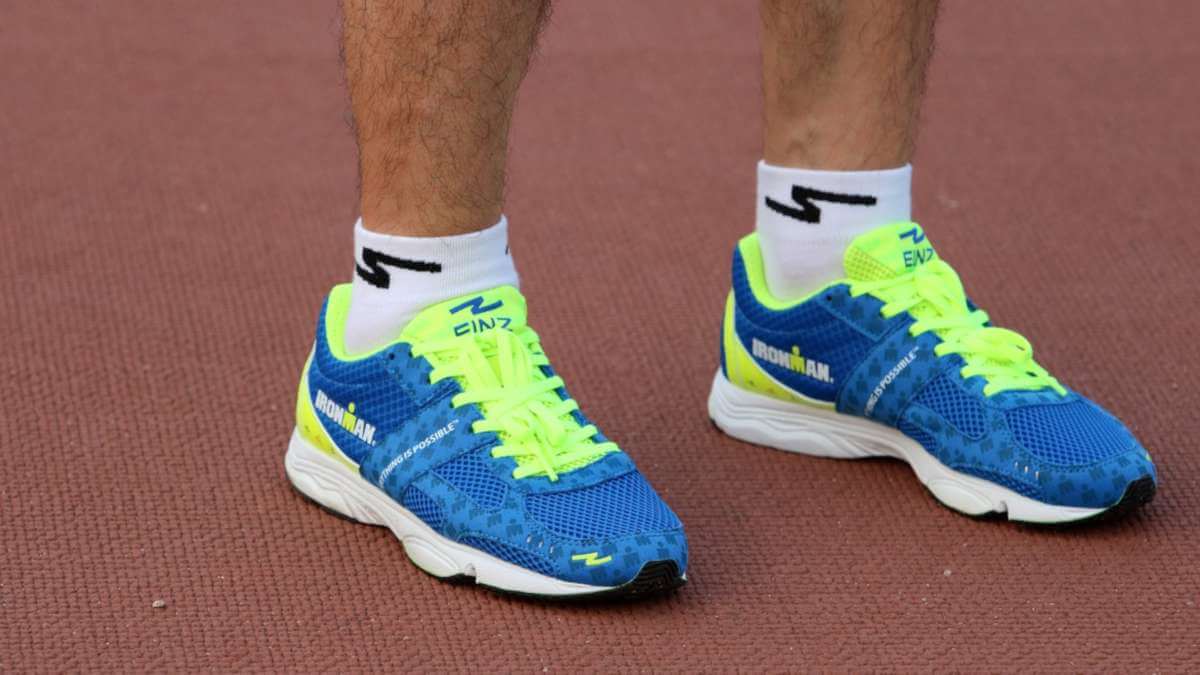The Marathon is a painful process, in itself. Now, add to it 2.4 mi (3.86 km) of swimming, and 112 mi (180.25 km) of cycling — the two sports that precede the Ironman Marathon, in the full-distance triathlon; you can immediately grasp the level of difficulty of this competition. In consequence, to get through such a challenging race, a systematic approach is required; that is, for both the training period and the day of the event.
Admittedly, for some athletes, the Marathon in the Ironman Triathlon is a pivotal moment; when, more often than not, their dreams begin to fade. Just imagine, even the legendary Lance Armstrong, during his first marathon, stated that the last 7.5 mi (12 km) were the most difficult thing he ever did in his life!
Let’s go through a few important factors to keep in mind when preparing for the Ironman Marathon, to avoid mishaps; and put yourself on the right track for the red carpet.
Training for Ironman Marathon success — all you need to know
1. Be consistent
Without a doubt, the Ironman Triathlon requires consistency; hence, it wouldn’t be an exaggeration to say that consistency in training is key to success. The same goes for the last race in the competition — the Ironman Marathon.
As a rule of thumb, three running workouts a week are essential for a smoother Marathon. This, of course, doesn’t mean that if you execute two running workouts (per week), you won’t enjoy a smooth race. Nonetheless, three runs per week is a common recommendation that can apply to most athletes.
2. Conquer the long-run
The long-run is the cornerstone of training for less demanding Marathons, let alone, the Ironman Marathon. Why? Well, let’s look at it from a physiological point of view:
- Oxidative enzymes’ activity increases
- Mitochondria (factories of energy production) also increase, then multiply
- The uptake and oxygen consumption system becomes more efficient
- The pulse volume increases, as well (due to the strengthening of the myocardium), and
- The whole cardiorespiratory system improves its function
All these mechanisms help the athlete become more energy-efficient; at the same time, they increase one’s ability to run for a longer period of time, with the same glycogen stores.
We should also add that the oxidation of fatty acids can be improved by long slow running; and, it has been proven to be a key factor in the long-distance Triathlon. In addition, long-running contributes to mental preparation, too; by getting your mind ready for what you’ll face during the race.
3. Keep up with your brick workout
If you want to be successful in the Ironman Marathon, brick training should find its place in your weekly — or bi-weekly — plan. It goes without saying, brick training is essential for participating in triathlon events; even more so, when it’s your first time. Put differently, if your body isn’t accustomed to transitioning from cycling to running, it won’t be able to adapt smoothly. But that’s what the training period is for; to achieve an effortless transition between sports.
4. Keep an optimal pacing on the bike leg
Some athletes can’t properly manage their energy reserves — and, overall strength — in a triathlon race. With the most common phenomenon being an excessive strain on the bicycle leg. Due to the momentum of the race (remember, they’ve just come out of the swimming leg), athletes tend to go past the ideal rhythm — which they have to maintain on the cycling leg, too. Unfortunately, this may lead to catastrophic consequences, later in the Ironman Marathon.
This happens, of course, because the glycogen stores in the body get depleted. Consequently, in the Marathon race that follows, the body simply cannot cope; as the amount of energy required, exceeds what the body can produce — at that point. Therefore, keep in mind that the correct distribution of forces on the bike helps avoid unpleasant situations.
5. Don’t forget to stay hydrated
Being properly hydrated is key to an enjoyable Ironman Marathon race. Make sure you get all the necessary minerals and trace elements, such as electrolytes and carbohydrates, in the right proportions.
Maintaining adequacy in salt, potassium, etc., along with a supplement of carbohydrates (60-90 g per hour, depending on the type of carbohydrates) provides a better chance to finish the race successfully; so long as the depletion of stored glycogen is delayed.
Hence, don’t forget to stay well-hydrated, because deficiencies in water, electrolytes, and carbohydrates can easily lead to premature fatigue.
Finishing the Ironman Marathon on a high note!
So many different factors that can make or break your Ironman Marathon dream. For instance, various external conditions, your initial level of fitness, the ratio of intensity and volume in training, etc. However, the tips we offered in this article will suffice to help fulfill your goal; that is, if you are consistent, and follow a well-structured training. All in all, keep strengthening both your body and mind, and you’ll finish the race on a high note!
